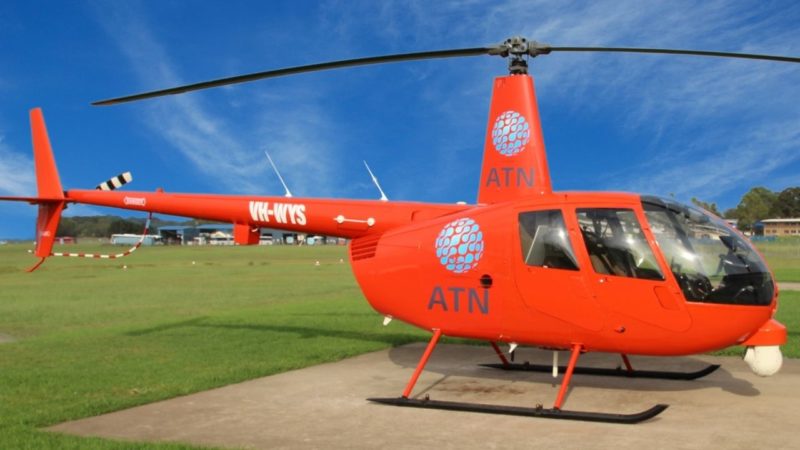Neuro study underlines the benefits of priming in radio advertising
New research from the Australian Traffic Network (ATN) looking into advertising effectiveness during radio ad breaks has found that an advert is 31.6% more effective when a listener has been primed with the ATN traffic update ad prior to hearing an ad within an ad break.
The study is a joint endeavour between Neuro-Insight, a neuromarketing and neuroanalytics company and the network.


